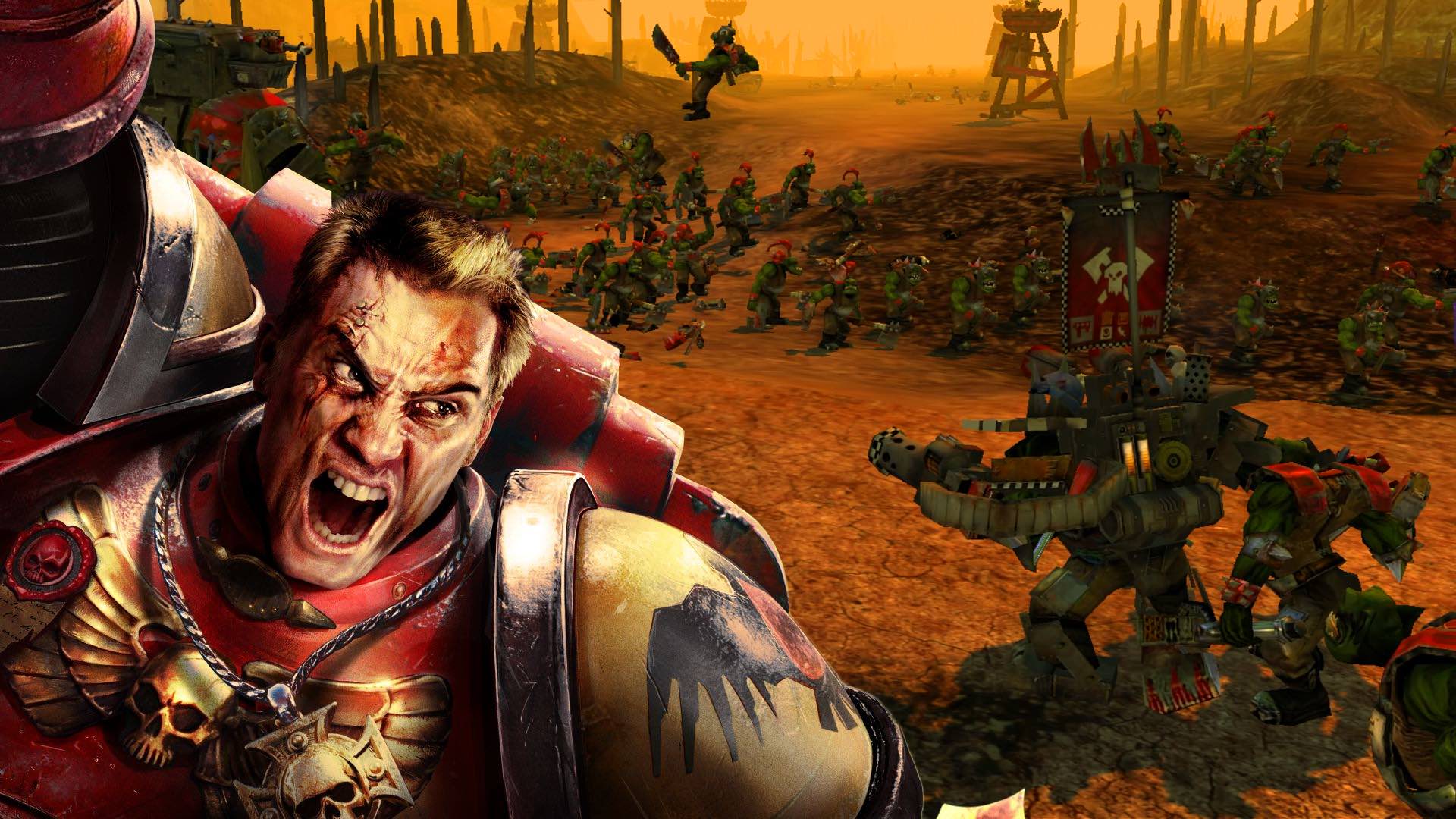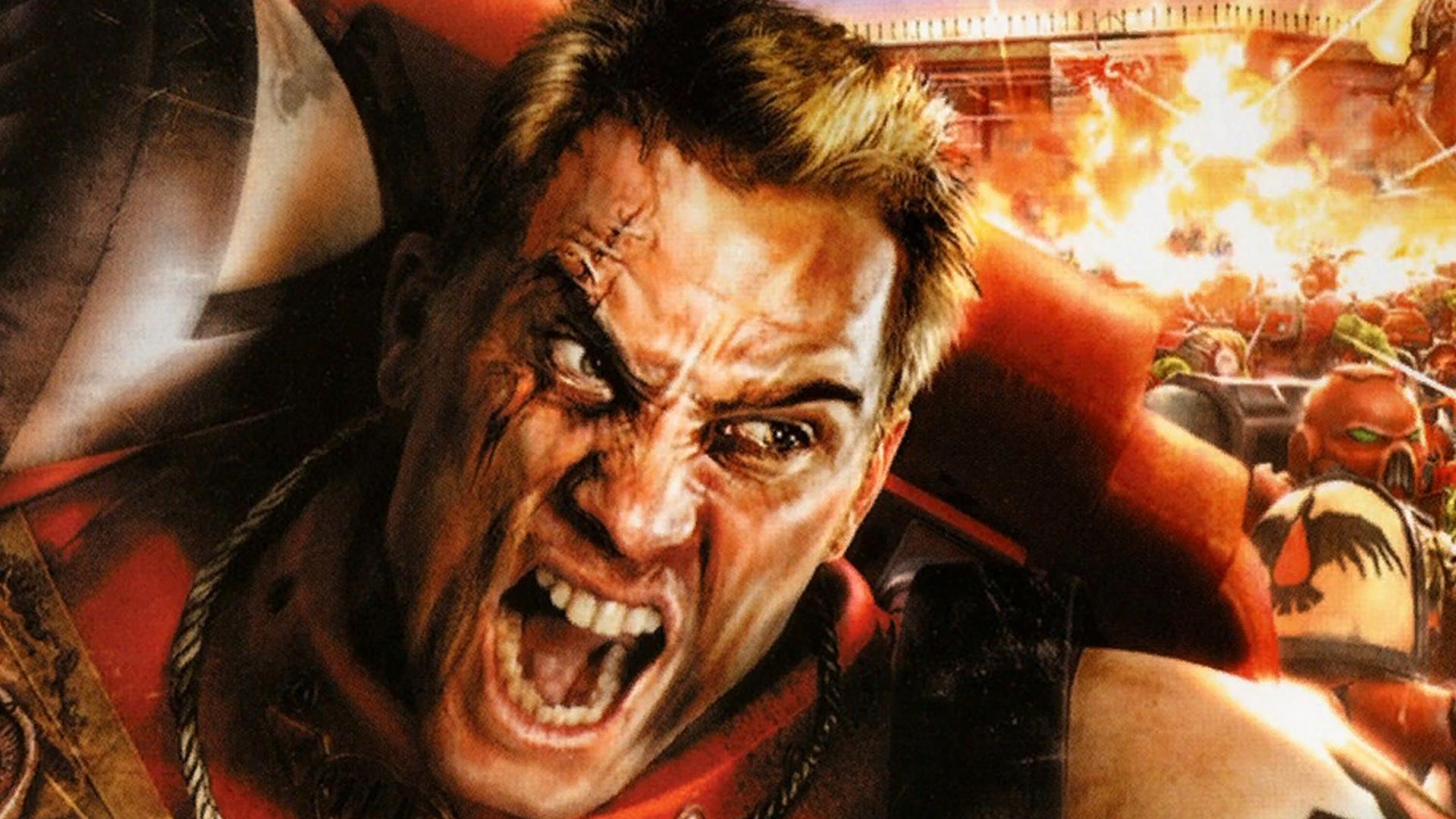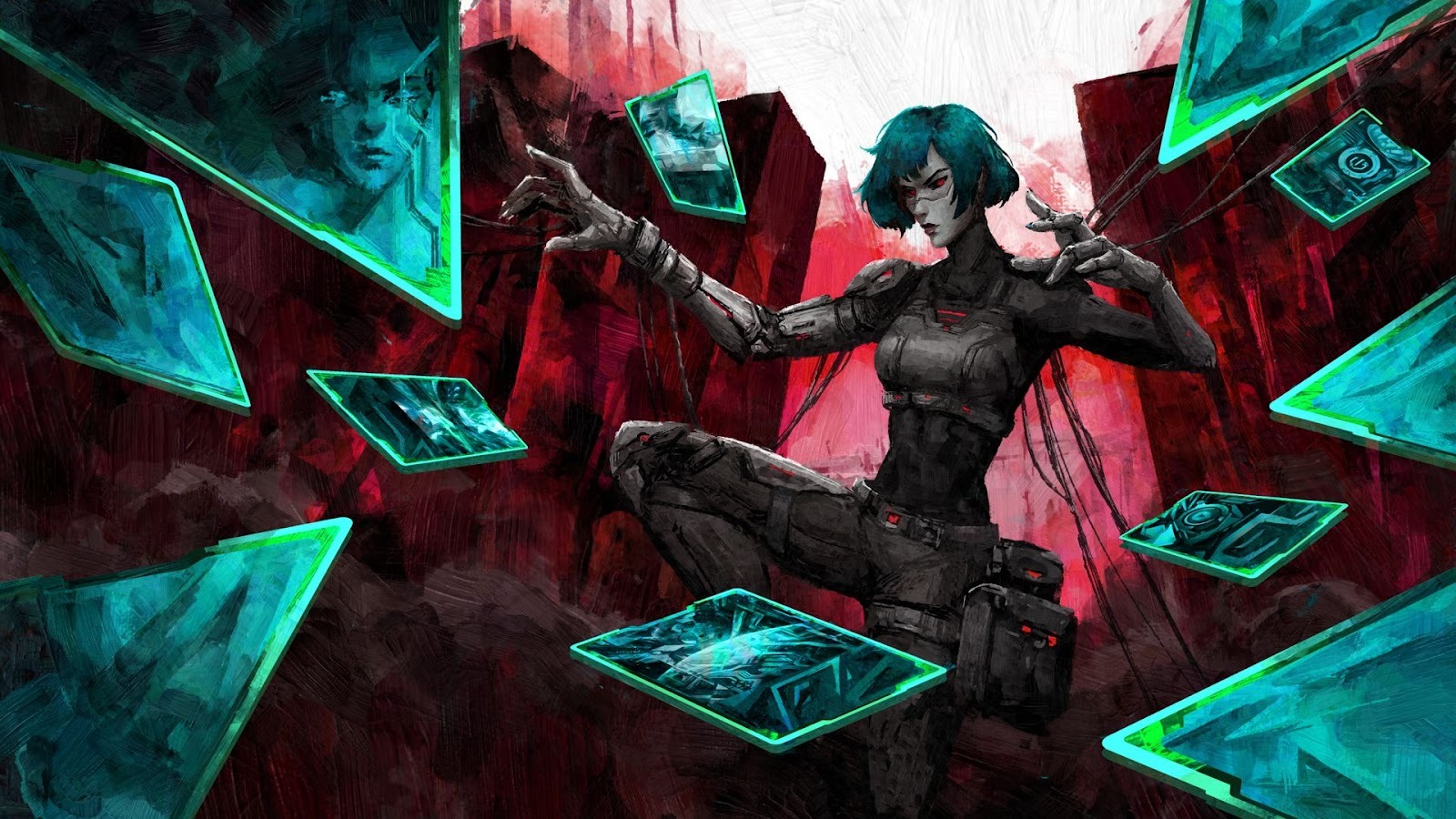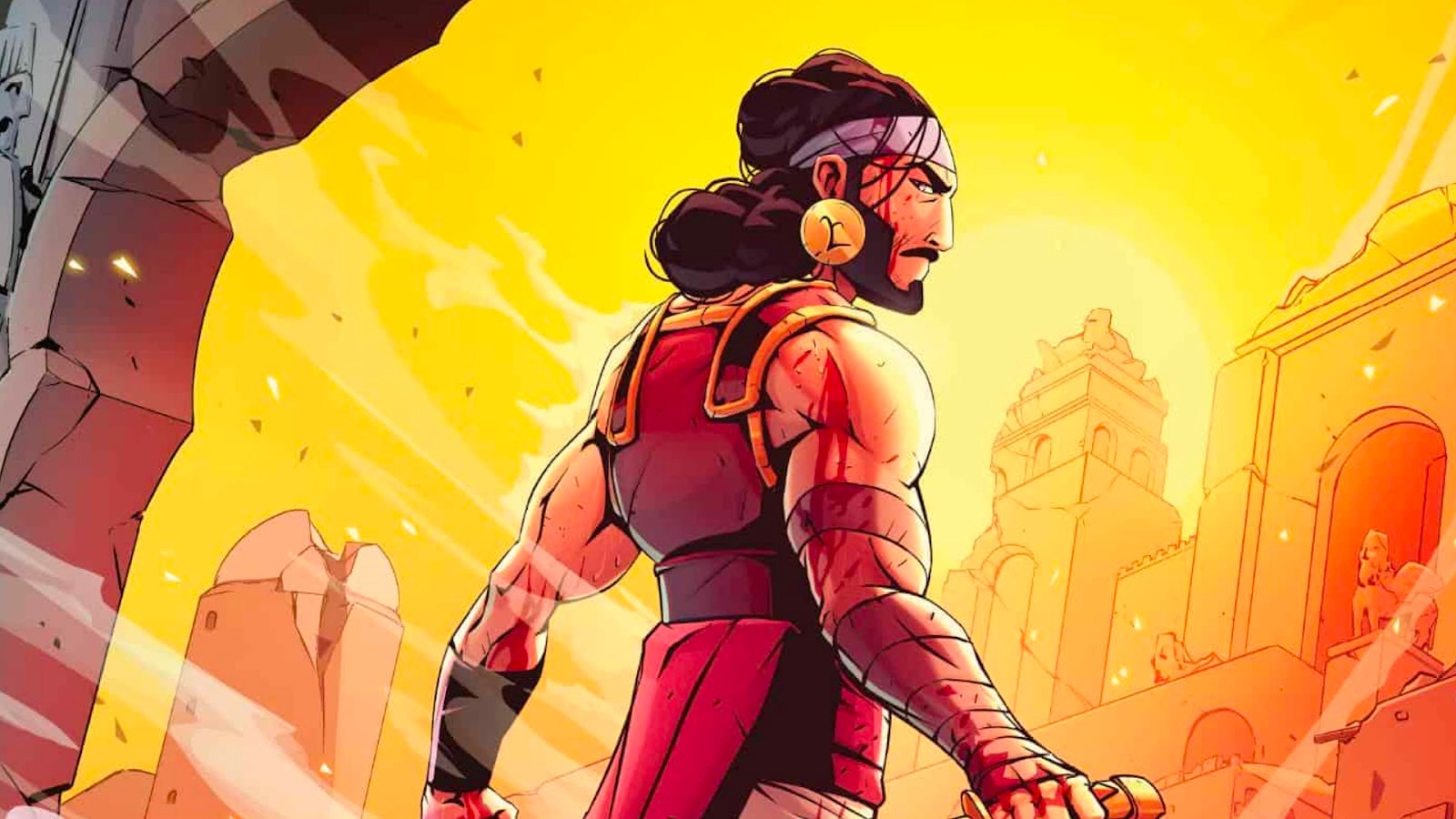You can trust VideoGamer. Our team of gaming experts spend hours testing and reviewing the latest games, to ensure you're reading the most comprehensive guide possible. Rest assured, all imagery and advice is unique and original. Check out how we test and review games here
Relic Entertainment’s Warhammer 40,000: Dawn of War is back, not in the form of an unflattering sequel, but in a gorgeous remaster that brings enhanced path finding, higher resolution textures, new lighting effects and more to the game that made an entire generation of 40K fans.
Releasing on August 14, 2025, Warhammer 40,000: Dawn of War – Enhanced Edition aims to appeal to newcomers and classic fans alike, even going as far as to support a horde of existing mods and offering a hefty discount for series veterans.
But just how have Relic Entertainment brought this beloved RTS back from the past? As expected, through a lot of work, and a lot trial and error.
Dawn of War – Enhanced Edition had to be good
The Warhammer 40,000 series is no stranger to dodgy remasters. In fact, just a few months ago, the series’ beloved Space Marine remaster was criticised by fans for a high price, new bugs and other issues.
Speaking to VideoGamer, Dawn of War – Enhanced Edition design director Phillipe Boulle – who worked on all three games in the series – explained that the original game “blazed the path and set the standard” for the series, and bringing it back meant everything had to be right. This was proven last month when Relic changed the iconic intro movie and removed its cheesy Space Marine scream, which is now back in the game.
“Once we had established that doing a definitive edition was technically possible, we sat down to figure out what we aimed to deliver to the audience,” Boulle explained. “We had a sizeable group who were still playing (and modding) the legacy game and an even larger audience who had played the game before. We knew we wanted to deliver an experience these players would recognize and appreciate.”
“I honestly didn’t think we would be able to make any noticeable pathfinding improvements because it’s a complicated system that is prone to knock on effects.”
Dawn of War – Enhanced Edition design director Philippe Boulle
One of the biggest changes to the game is how pathfinding works, the way in which units move across the battlefield. The original Dawn of War always had dodgy pathfinding, which could become annoying in multiplayer, and the team spent a long time trying to fix it.
“This one kept me up at night,” Boulle told us. “I honestly didn’t think we would be able to make any noticeable pathfinding improvements because it’s a complicated system that is prone to knock on effects (fix one problem, cause another three).”
In the end, fixing pathfinding in Dawn of War – Enhanced Edition ended up being a collaborative effort. In the decades since the original game, Relic’s talented developers have released other games with major pathfinding improvements, and some of the engineers behind those titles had valuable insight for how to fix this 21-year-old game’s biggest issue.
“What I was missing in that analysis was that several of the key issues were ones we had already tackled as our engineers and designers improved and iterated upon the pathfinding systems in Relic games in both the Dawn of War and Company of Heroes series,” Boulle continued. “Because we had engineers who had worked on those projects, they were able to bring over some proven fixes to address some of the major issues. This is one of many cases where the studio’s legacy really paid dividends.”
Even so, the technical dinosaur that is Dawn of War was not easy to simply bring forward. The two-decade-old Warhammer 40,000 RTS was made for a time without modern displays or current-gen rendering, and adapting it for modern PCs meant constantly fixing new issues. For example, the game’s UI was not designed for 16:9, and the team unpaired the Minimap and hotbar to make better use of today’s screens. (Although, players can reconnect them if they want.)

“There were plenty of technical hurdles and digital archeology involved, but the struggle that surprised me was a sort of change blindness that settled in,” Boulle told us. “Every time we would make a step forward – new lighting, ultrawide, integrating all campaigns, reflections, pathfinding improvements – it would feel amazing for a few days and then sort of fade into a haze of ‘it’s always been like this’. In a lot of ways that’s a good thing – I want players having fun with the game not just looking at feature specifics – but it made it easy to lose sight of what we’d done. I found I had to go back and play the legacy games just to remind myself of what had changed.”
Remastering iconic art
Warhammer 40,000: Dawn of War – Enhanced Edition does make use of some noticeable art upscaling for some of its assets, but a lot of the game has been touched up by hand by artists.
One of the key upgrades from a visual standpoint is material work: weapons now light up the environment and units, reflections now cast across metallic armour, and there are other minor details that simply weren’t possible back in 2004.
“Everything went through curated upscaling, in which we use tech solutions for the first pass and then have talented artists examine and work on the results,” Boulle said.
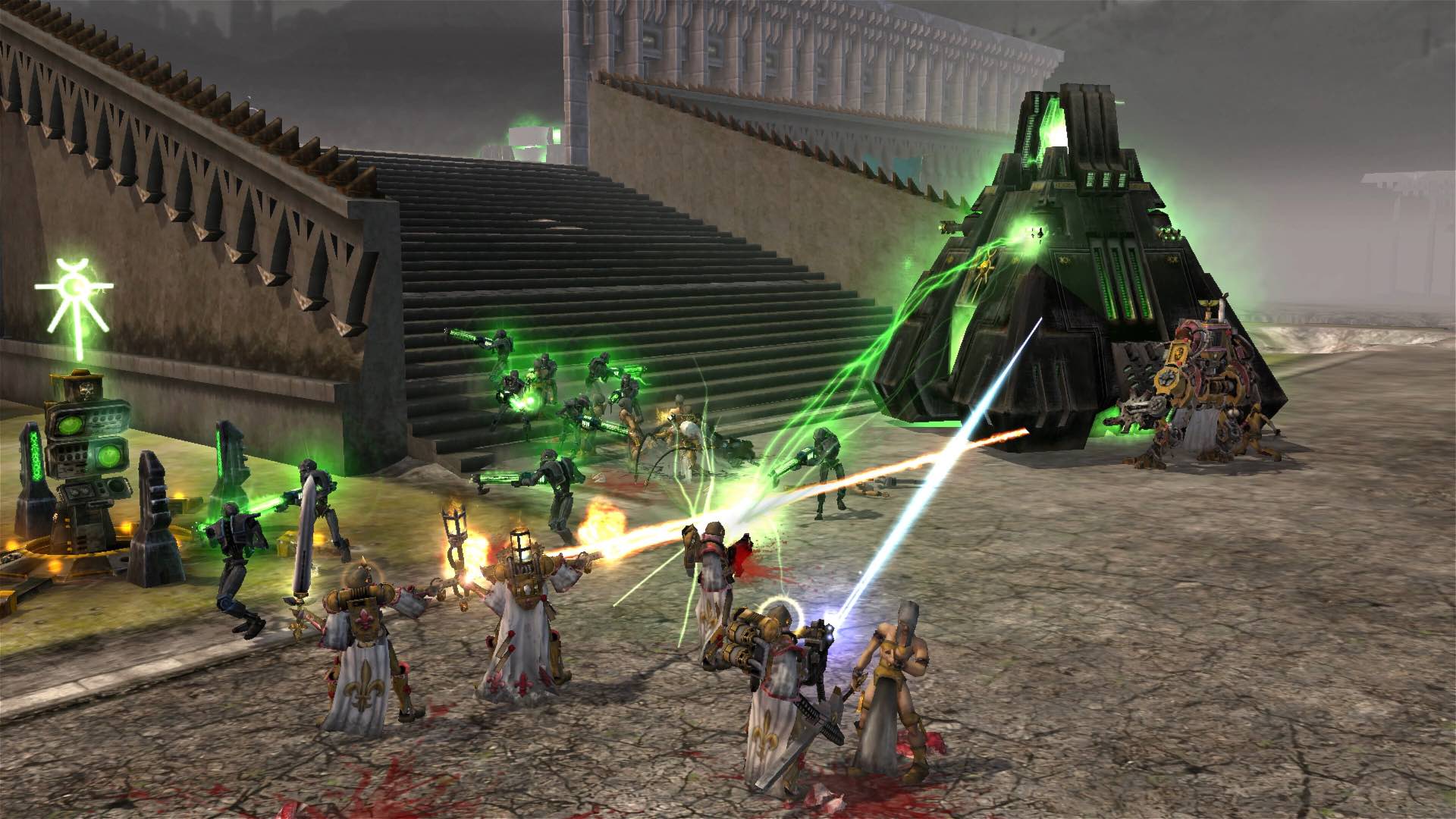
Every unit has been examined and touched-up to look as good as possible with the majority of work put on making sure every unit looked just right and the environments continued to shine.
“A lot of this work was unglamorous detail work of making sure units were animating correctly or the textures looked their best, but there was also a lot of significant work to make sure we were putting everything in its best light – sometimes literally,” we were told. “Our artists and engineers worked closely together to create a new lighting model that makes all these assets come alive as never before. Tuning which surfaces would be reflective and how much was a very human process, for example.”
One detail in particular that Relic highlighted was the Imperium insignia on the side of every Space Marine’s bolter. In the original game, this detail is a flat, low-res texture, and it simply didn’t look good enough in the remaster. For the Enhanced Edition, the insignia is now a 3D model that is a duplicate of the skull found on the chest of every Space Marine. It’s a change, but one that cleverly makes use of already existing assets, and it looks heaps better.
Of course, the biggest worry throughout the whole project, as with any remaster, was messing it up. Boulle explains that Relic didn’t want to dilute “beloved aspects of the game” by focusing changes towards newcomers which would “end up doing the game and all its players a disservice”. There are some major changes, but the game should play as you remember it, and that’s always been the goal.
Warhammer 40,000: Dawn of War – Enhanced Edition releases on PC tomorrow. Excited yet?
